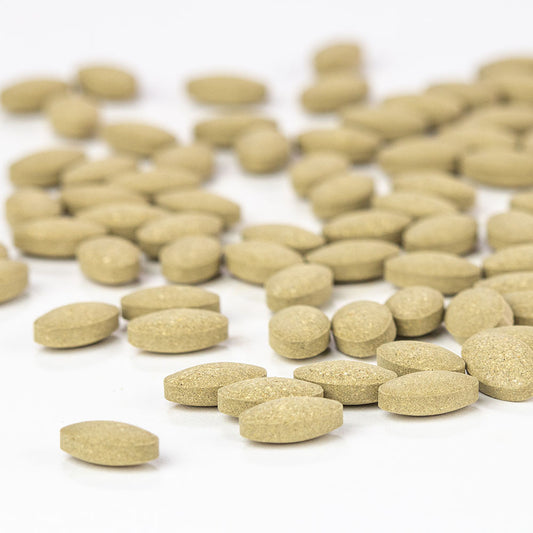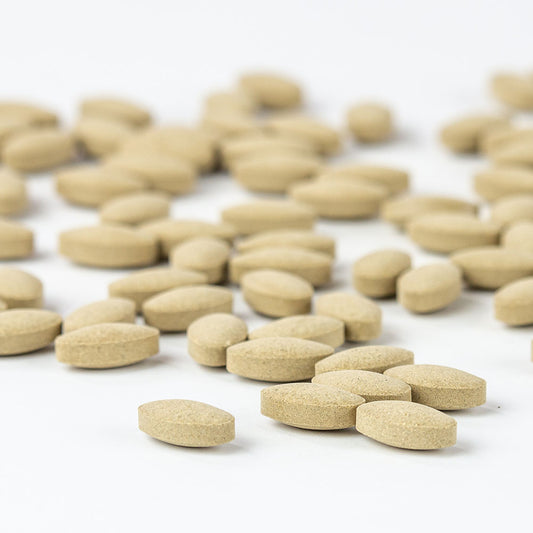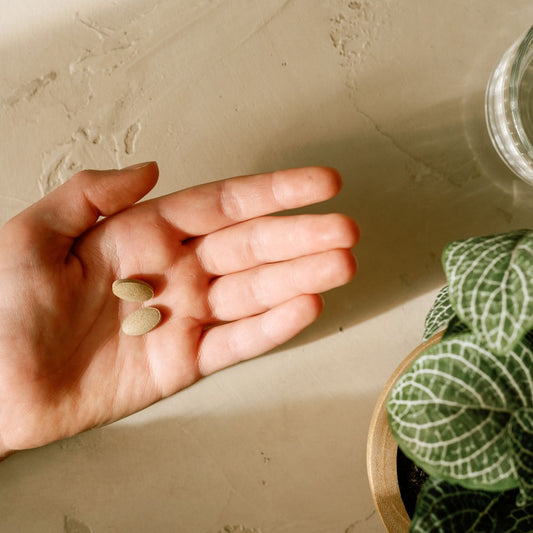Ujjayi Pranayama

Ujjayi
In other words, ujjayi pranayama is about obtaining freedom from bondage. Because it is performed with a slight constriction at the back of the throat, this objective speaks to both the physical and spiritual aspects of the ujjayi practice.
This pranayama is deeply tranquilizing, mildly heating, balancing for all three
Benefits
Ujjayi Pranayama
- Slows the pace of the breath, which is said to improve longevity
- Cleanses and refreshes the
- Infuses the mind-body with fresh
- Promotes mental clarity and focus
- Enhances memory
- Bolsters the immune system
- Improves skin color and complexion
- Soothes and rejuvenates the nervous system
- Promotes sound sleep
- Supports proper fluid balance in the tissues
- Fosters a profound sense of calm and relaxation in the mind and body
- Cleanses the emotional body by releasing stagnant emotions held in the tissues
Before You Begin
Ujjayi breath requires a slight constriction at the back of the throat. If you have never practiced this technique before, the following exercise will give you a visceral sense of how to position your throat.
Learning to Constrict the Back of the Throat Slightly
First, inhale as in Full Yogic Breath. At the top of the inhale, part your lips slightly and exhale through the mouth, making a quiet, whispered “Ahhhhhh” sound. Notice the position of your throat. The “Ahhhhhh” sound requires a partial closure at the back of the throat, narrowing the breath's passageway. Maintain this gentle constriction as you complete your exhale, close your mouth, and begin to inhale through the nostrils.
Even though the mouth is closed and you are now inhaling, allow the faint whisper of sound to continue as the breath moves through the narrowed space at the back of the throat. With the mouth closed, it is sometimes helpful to imagine holding the throat in the shape required to make the sound “e.” You are not saying anything; you are simply allowing the breath to pass through this carefully held space.
Maintaining the soft constriction in the throat, take several more full yogic breaths, breathing through the nostrils only. Continue with these full inhalations and exhalations until the constriction begins to feel comfortable and natural.
Relax the face. Relax the tongue. Relax the jaw. Relax the eyes and the space between the eyes. See if you can relax the throat. Surrender to the sound of the breath and learn to maintain this partial closure without any strain whatsoever.
Now you are ready to begin practicing ujjayi pranayama.
How to Practice
Ujjayi pranayama can be practiced at any time of day (save while driving or operating heavy machinery). As with most pranayamas, a focused practice is best done on an empty stomach. Ujjayi breath can be practiced while sitting, lying, or standing, and is commonly used during the practice of
For the purposes of this introduction, choose a comfortable sitting or supine position (lying on the back).
Begin by closing the eyes, relaxing the entire body, and practicing a few rounds of Full Yogic Breath. This awakens the
Breathe into the root of the pelvic floor—first filling the belly, then the ribs, and lastly the upper chest. Feel the collarbones rise slightly at the top of the inhalation. Then exhale, releasing the breath slowly from the top of the upper chest (neck, clavicles, and heart), then from the ribs, and finally from the belly. You can continue to practice full yogic breath throughout your ujjayi practice.
When you are ready, allow the back of the throat to contract gently (as we practiced above) and slowly inhale with a full yogic breath. When ujjayi breath is practiced correctly, there is a gentle and simultaneous contraction that occurs in the abdomen at the moment the throat is constricted. This should happen on its own, without effort.
Maintaining the soft closure at the back of the throat, continue with a series of full yogic breaths—breathing in and out through the nostrils, allowing the flow of the breath to be completely fluid and easeful. Imagine that you are breathing directly through a small hole in the throat—drawing the breath in through this hole with each inhalation and releasing the breath out through this hole with each exhalation.
Surrender to the flow of the breath. Invite it to be slow, calm, and rhythmic. Perhaps it can be even slower, even longer. Listen to the sound of the breath, like the soft whisper of a sleeping baby. Focus on this sound as you continue to practice.
Ujjayi pranayama can be practiced for any length of time. As few as twelve cycles on a regular basis offers immense benefits, but practicing daily for ten to twenty minutes can be truly transformative. Whatever length of time is right for you, it is important that the breath remains slow, gentle, fluid, and relaxed throughout the practice.
When you are ready to close your practice, complete an exhalation, release the constriction at the back of the throat and complete one or two more Full Yogic Breaths. Then, allow your breath to return to normal.
Take a moment to notice the effects of the practice. How do you feel? What sensations do you notice in your body? What is your state of mind now compared to when you sat down to practice? Just quietly observe yourself for a few moments.
Then, gently open your eyes, continuing to focus some of your awareness inward. When you are ready, slowly get up and offer your full presence to whatever the rest of your day has in store for you.
There are several different variations of ujjayi pranayama, with some of the more advanced techniques incorporating muscular locks (bandhas) and breath retentions (kumbhakas). The above instructions are meant to provide a safe and general introduction to the practice of ujjayi. Of course, it is always best to learn a new technique personally from a qualified teacher.
More for You
Full Yogic Breath
Full Yogic Breath is a deeply balancing pranayama (breathing exercise) that benefits vata, pitta, and kapha. It is sometimes known as three-part breath because it works with three different sections of the torso and naturally engages all three lobes of the lungs.
Empty Bowl Meditation
There are many meditation techniques, but Empty Bowl meditation is one that calms the mind, awakens kundalini shakti, and unfolds a blissful state of awareness.










